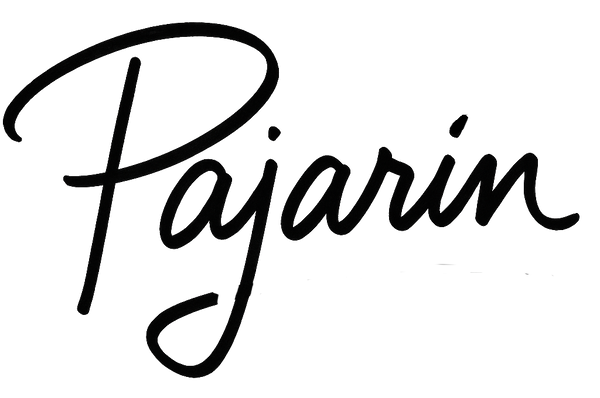Blog
Introduction: when the stroke feels
Sometimes a line says more than a thousand words.
There are illustrations that are not seen, they are felt .
In each stroke beats an emotion, an idea that seeks to leave the chest and fly towards the eyes of the other.
Thus is born the universe of Pajarin , a space where ink breathes, where poetry is drawn and silence becomes color.
Illustrating emotions isn't a technical act; it's an intimate conversation with the invisible. Every curve, every shadow, carries a part of its creator. It's a gesture that transforms sensitivity into form, thought into art.
💭 The art of translating feelings
Illustrating an emotion is learning a language without words.
Sadness turns blue, hope curves upward, love floats like a suspended line.
The artist, more than painting, listens to what his inner self whispers to him.
Pajarin was born precisely from that silent dialogue between the heart and the paper: from wanting to transform what is felt into something that can be touched, worn, or given as a gift.
Each work is a small mirror where the viewer can recognize themselves.
It's not an art that seeks perfection, but rather emotional truth . Because when art becomes human, it connects. And when it connects, it transforms.
✍️ Poetry as a common thread
In Pajarin, illustration does not live alone: it walks hand in hand with the word.
Each drawing is accompanied by an idea, a short poem, a phrase that acts as an emotional compass.
This dialogue between text and image creates a type of art that is not seen only with the eyes , but also with memory, with the skin, with absences.
This fusion between the graphic and the poetic gives rise to a new language: visual poetry .
It is not simply writing about an image, but making the image write for itself .
From this encounter between ink and words, Pajarin's identity is born: a bird that sings not with voice, but with strokes.
🎨 From stroke to soul: the creative process
Each work begins with a feeling, a slight intuition.
Before paper, there is silence.
Then, a fluttering idea—like a thought wanting to land—and finally a gesture, a free stroke that marks the beginning of flight.
There are no perfect sketches.
Imperfection is part of the process, because in Pajarin the broken line also has a soul .
The drawing is not corrected; it is allowed to flow, it is listened to.
That naturalness, that honesty of the stroke, is what allows art to continue breathing.
Some of the characters are born from memories, others from dreams or fragments of poetry. All of them, without exception, seek to convey a universal emotional truth : that every person can see themselves reflected in them, even if they are invented figures.
🌍 An art that connects with those who view it
We live in an age where speed rules, but Pajarin's art invites us to stop .
Each illustration is a pause, an opportunity to reconnect with what is essential.
It's not just about decorating a wall, but about inhabiting it with emotion.
Pajarin's audience isn't looking for embellishments; they're looking for connections .
They are people who feel the beauty of simplicity, the depth of a stroke, the silence of a well-chosen color.
That's why each work has a short story, a poetic thread that unites the person who creates it with the person who observes it.
✨ Conclusion: when art breathes with you
Illustrating emotions is giving life to the invisible.
To write with lines what the soul cannot say with words.
And in that quest, Pajarin has built a universe where ink breathes and art becomes human .
Each work is a story waiting to be adopted.
A sigh that finds refuge in whoever contemplates it.
Because true art is not sold: it is shared, felt and remembered .
